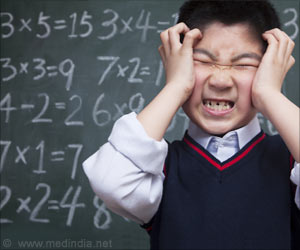A new study has shown the way tasks are learned and also that one can learn two different skills at a time or learn a single skill at a faster pace.

While follow-through in sports such as tennis or golf cannot affect the movement of the ball after it has been hit, it does serve two important purposes i.e. it both helps maximize velocity or force at the point of impact, and helps prevent injuries by allowing a gradual slowdown of a movement.
Now, researchers have found a third important role for follow-through i.e. it allows distinct motor memories to be learned. In other words, by practicing the same action with different follow-throughs, different motor memories can be learned for a single movement.
In order to determine whether we learn a separate motor memory for each task, or a single motor memory for both, the researchers examined either the presence or absence of interference by having participants learn a 'reaching' task in the presence of two opposite force-fields.
Dr. David Franklin of Cambridge's Department of Engineering, a senior author on the research, said that there is always noise in one's movements, which arrives in the sensory information they receive, the planning they undertake, and the output of their motor system and because of this, every movement they make is slightly different from the last one even if they try really hard to make it exactly the same - there will always be variability within their movements and therefore within their follow-through as well.
The researchers found that the specific motor memory which is active at any given moment depends on the movement that will be made in the near future. When a follow-through movement was made that anticipated the force-field direction, there was a substantial reduction in interference. This suggests that different follow-throughs may activate distinct motor memories, allowing us to learn two different skills without them interfering, even when the rest of the movement is identical. However, while practicing a variable follow-through can activate multiple motor memories, practicing a consistent follow-through allowed for tasks to be learned much faster.
Advertisement
The research is published today in the journal Current Biology.
Advertisement








